Beginner's Guide to Nutrition for Your Goals
Whether you're looking to lose weight, reduce body fat, or gain muscle mass, nutrition plays a crucial role in achieving your fitness goals. Here’s a quick and easy guide to get you started on the right track.
1. Where to Start
Understanding your goals is the first step. Are you aiming to lose weight, reduce body fat, or gain muscle mass? Once you have a clear goal, you can tailor your nutrition plan to meet your needs.
2. Using MyFitnessPal to Track Calories and Macros
MyFitnessPal is an excellent tool for tracking your calorie intake and macronutrients (proteins, carbohydrates, and fats). Here’s how to get started:
Download the App: Available on both iOS and Android.
Set Up Your Profile: Enter your current weight, target weight, and activity level.
Track Your Food: Log everything you eat and drink. MyFitnessPal will calculate your daily caloric and macronutrient needs.
Find Your Average: Track your normal diet for two weeks using MyFitnessPal. At the end of the two weeks, calculate the average of your daily calorie intake. This average will give you a clear picture of your current consumption and serve as a starting point for adjusting your calorie intake to meet your goals. Whether you need to increase or decrease your calories will depend on whether you aim to lose weight, reduce body fat, or gain muscle mass.
3. How to Lose Weight and Body Fat
Caloric Deficit: To lose weight, you need to consume fewer calories than you burn. A deficit of 500-750 calories per day is generally safe and effective.
Balanced Diet: Focus on whole foods like fruits, vegetables, lean proteins, and whole grains. Avoid processed foods and sugary drinks.
Increase Protein Intake: Protein helps you feel full and supports muscle maintenance. Aim for 0.8-1 gram of protein per pound of body weight.
Hydration: Drink plenty of water to stay hydrated and support your metabolism. About 11.5 cups (2.7 liters) of fluids a day for women and about 15.5 cups (3.7 liters) of fluids a day for men.
4. How to Gain Weight and Muscle Mass
Caloric Surplus: To gain weight, consume more calories than you burn. A surplus of 250-500 calories per day is a good starting point.
High-Protein Diet: Protein is essential for muscle growth. Aim for 1-1.2 grams of protein per pound of body weight.
Strength Training: Incorporate regular strength and progressive overload training exercises to stimulate muscle growth. Focus on compound movements like squats, deadlifts, and bench presses.
Healthy Fats and Carbs: Include healthy fats (avocados, nuts, olive oil) and complex carbohydrates (sweet potatoes, quinoa, oats) in your diet.
5. Diverse Dieting Methods
Everyone is different, and what works for one person might not work for another. Here are some popular dieting methods to consider:
Intermittent Fasting: Eating within a specific time window each day (e.g., 8 hours eating, 16 hours fasting) can help control calorie intake.
Low-Carb/Keto Diet: Reducing carbs and increasing fats can help some people lose weight and improve energy levels.
Plant-Based Diet: Focusing on plant-based foods can be effective for weight loss and improving overall health.
Flexible Dieting (IIFYM): If It Fits Your Macros allows you to eat any food as long as it fits your daily macro targets.
Conclusion
Starting your nutrition journey can be overwhelming, but with the right tools and knowledge, you can achieve your fitness goals. Remember to track your progress, stay consistent, and make adjustments as needed. At Relentless Fitness, we’re here to support you every step of the way!
For more personalized advice, feel free to reach out to our trainers. Happy eating and training!
And as always, Stay Relentless!
Sources:


